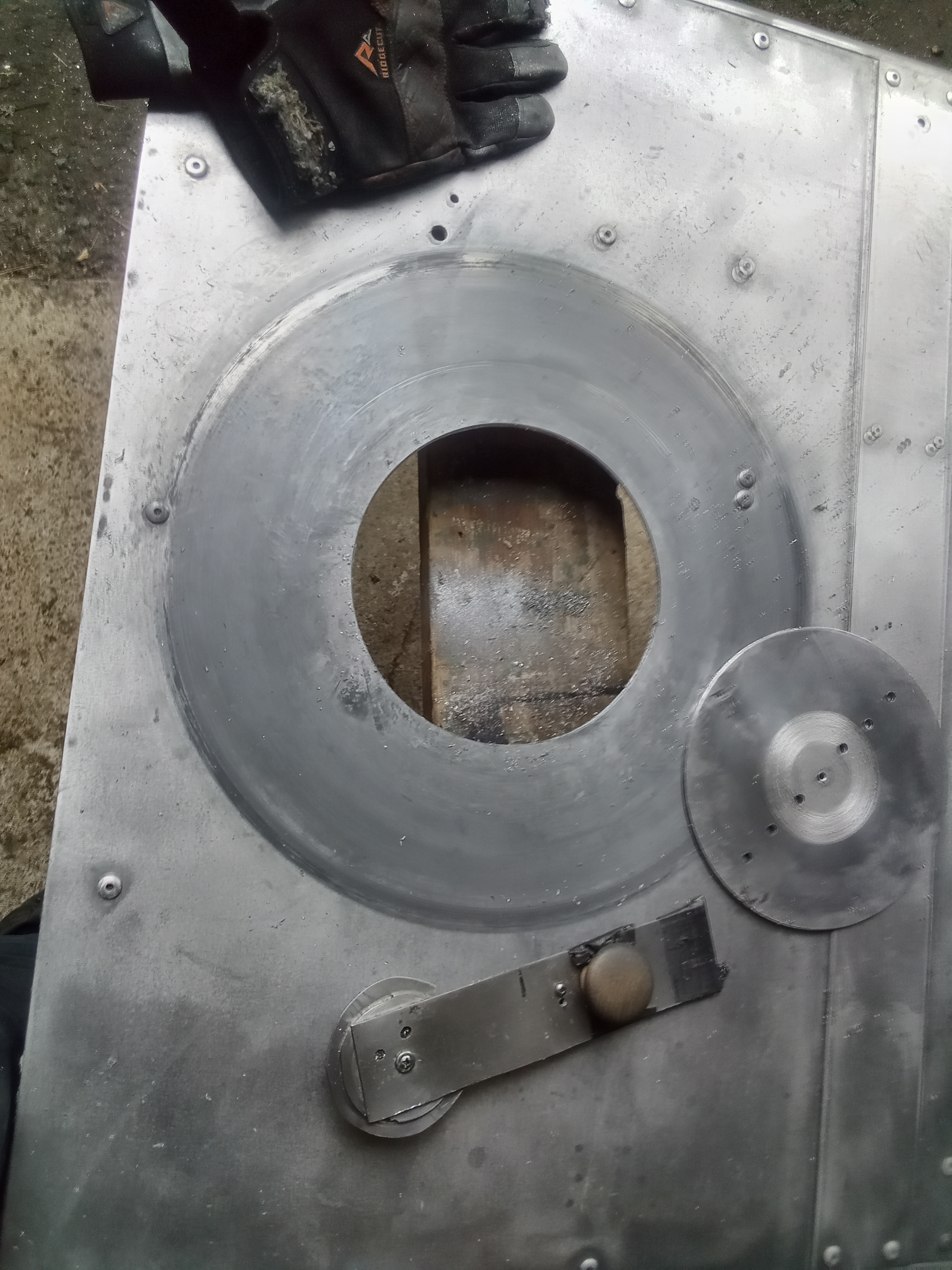I’ve been using a mix of cork and Havlock wool to insulate my step van which has a cargo area of roughly 11.5 feet x 7 feet. I got two boxes of wool and 2 rolls of 1/4″ cork underlay.
And if I remember right the cork roll which is 4′ x 50′ was near $200 and the wool a similar price per box so I spent close to $800 in insulation. There are cheaper ways for sure but I don’t like that polyiso foam $#@!.
Yeah I like it au natural Chuck.
How I am insulating my step van walls
The Havlock wool out of the box stinks and is kind of dusty and has particles of stuff in it perhaps even sheep doodoo and I found one dead bug in it so it’s not perfect and getting it to hold up is tough. I saw some real opinionated Chuck on Youtube that railed hard against it and pushed for spray foam.
I have no interest in spray foam, but one thing he did point out was that the wool can compress in the walls over time and sink and I don’t want that to happen so one thing I’ve been doing is stapling it to wood, sometimes small wood pieces glued to the van with sikaflex 227.
I am happy with my choice. I want a warm van since I will be spending some time in the mountains riding/living.
Another smart thing I think I did (to pat myself on the back) was put pieces of the cork underlay over the steel ribs in my van that you can see. Cork is a good acoustic and thermal insulator and if you just attach wood to the frame then cold from the outside will easily pass through the steel to wood to your interior.
But if you use a material like cork or rubber or maybe some others it forms a thermal break and acoustic break vs. a thermal bridge.
Originally I was going to use bike tubes here. Bike tubes are made of butyl rubber just like that Kilmat and other brands of that sound proofing mat.
Old bike tubes are easy to come by for free if you go to a bike shop and ask. I was also going to cut these up and use them like sound proofing mat but found the form is not easy to work with. When you cut them up they won’t lay flat and I didn’t find a good glue for rubber to metal and I had the cork which is a lot nicer.
I did however use the bike tubes to weather strip the sides of my rear door that I made and they worked good for that.
Using recycled wine corks in my van’s wheel wells
And then I even collected 3 or so boxes of wine corks to use. I ground/chopped them up which was a big pain in the you know what and used them in the wheel wells.
I thought about using them in the floor, but I spread them out and had enough to cover about 2/3rds of the floor so I didn’t think I had enough. At the time I didn’t think about the fact that when you grind it up it expands so I probably could have done that and built a little frame and put the ground cork between them.
I was thinking I would lose head space though. At the time the only wood I knew about to build a frame with was 1×2’s and those are 3/4″ thick and like $9 a piece. Now I know they have cheaper furring strips that are only 1/2″ thick and like less than $2 a piece.
I could have went this way but like I said cutting up hundreds maybe even close to a thousand was just so time consuming and then I got a blender and it kind of worked but not that well. I boiled the corks first which expands it and then makes it a little easier to cut.
So I got that idea from some channel on Youtube that got “crumbled cork” (which you can purchase), built a subfloor and used that for insulation. So you can save yourself some work if you want to buy crumbled cork.
I liked the idea of using recycled cork and I collected a lot of it. So it’s possible to do but you’d probably want to grind it up and find a way to do that. If you just placed the corks side by side they are all irregular and come in different shapes so I thought of that, but it wouldn’t be very airtight.
Instead on the floor I used 2 layers of cork 1/4″ underlay. Unfortunately my floor is still cold in the winter though I didn’t quite get my stove figured out yet. But it’s doing better now I welded the seams this spring and put an air intake on it which I am pretty stoked about.
But yeah most people I asked on reddit said their floors were cold despite whatever insulation and plywood they put on it.
I got some good wool slippers though.
If I did it again I might put some sort of air gap in there with the cork, but yeah you lose head space and I want the tallest ceiling possible. Ideally I want to be able to do sun salutations in my van which had me thinking of raising my roof or putting a raised sky light in there.
But IDK messing in the roof can cause leaks which I now know. So do so real carefully.
To be updated…




